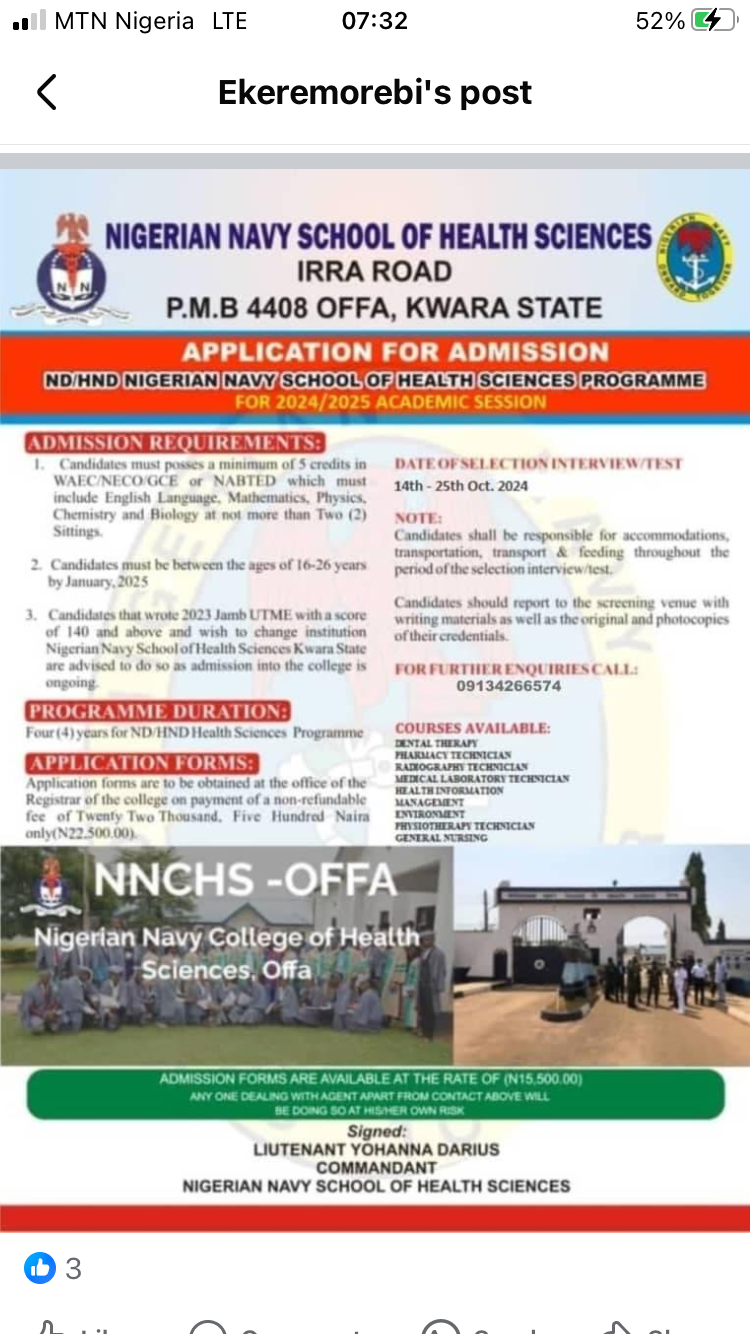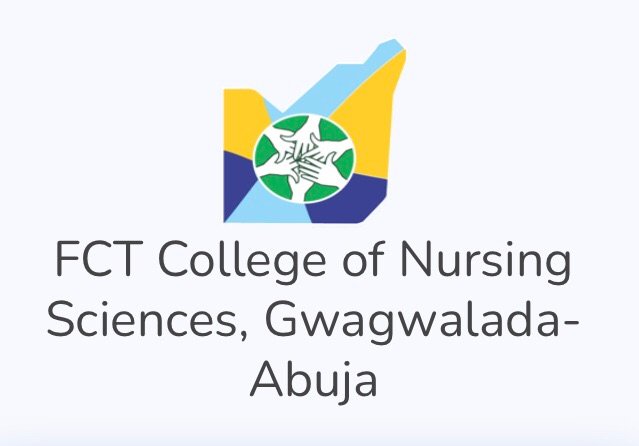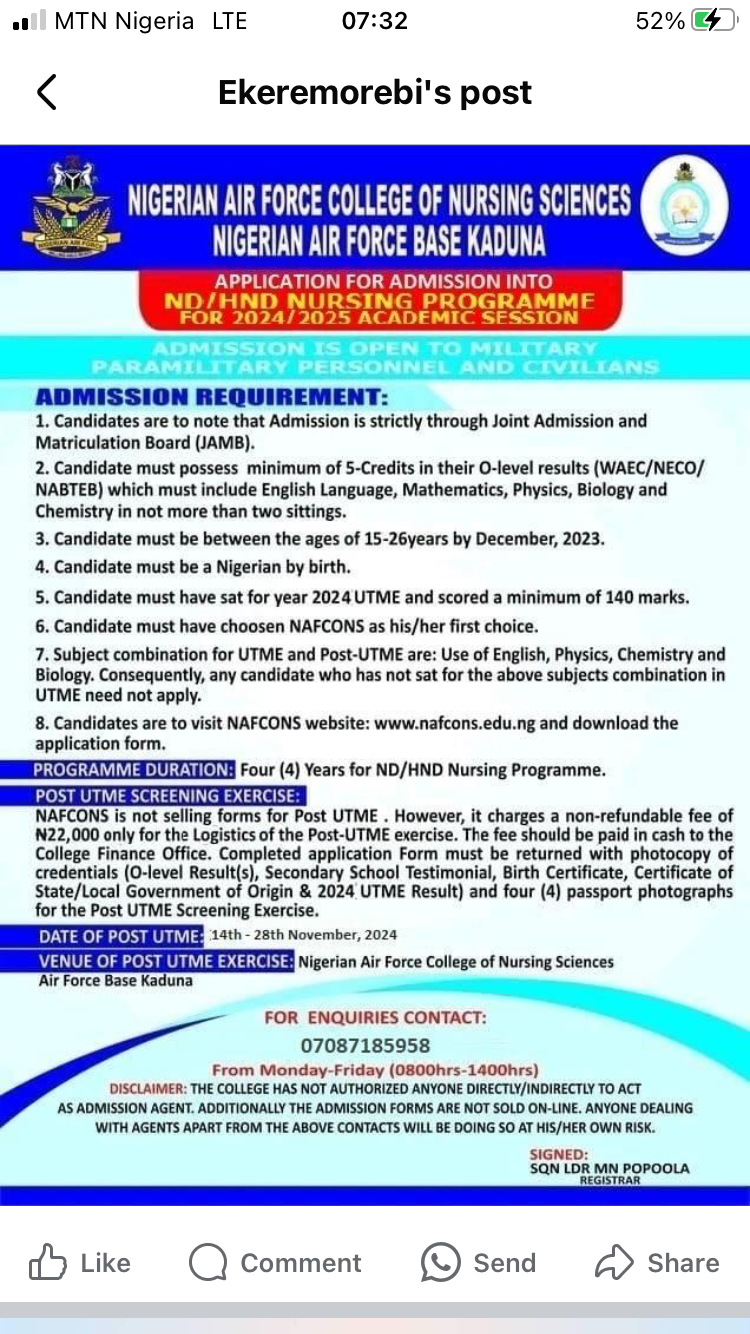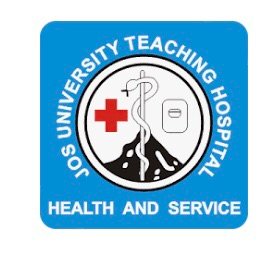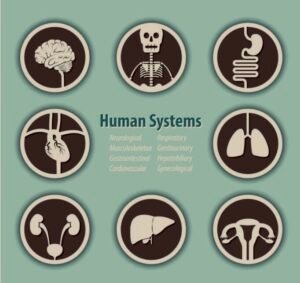Applications are invited from suitably qualified candidates for the following positions in Jos University Teaching Hospital:
- Residency Training
- Consultants
- Radiographers
- Nursing Superintendents
- Nursing Officers
- Scientific Officers (Medical Physics)
- Health Information Management
- Technicians
A RESIDENCY TRAINING IN THE FOLLOWING DEPARTMENTS:
- Anaesthesia
- Chemical Pathology
- Community Medicine
- Oral and Maxillofacial Surgery
- Preventive Dentistry
- Restorative Dentistry
- Child Oral Health
- Oral Diagnostics
- Family Medicine
- Haematology
- Histopathology
- Medical Microbiology
- Internal Medicine
- Obstetrics & Gynaecology
- Ophthalmology
- Orthopaedics & Trauma
- Otorhinolaryngology (ENT)
- Paediatrics
- Psychiatry
- Radiology
- Surgery
- Accident and Emergency
Requirements:
Applicants seeking admission into the Residency Training Programme must possess the fallowing:
- Evidence of graduation from any accredited medical school (MB&S).
- Evidence of passing primary examination of either the National or West African Postgraduate Medical College in the candidate’s chosen field of specialization.
- Evidence of full registration with the Medical and Dental Council of Nigeria.
- Evidence of current annual practicing license, and
- Evidence of NYSC discharge certificate or exemption as the case may be.
SALARY: CONMESS 3.
CONSULTANTS
- Radio-Oncologists
- Child Oral Heath
REQUIREMENTS:
- Candidates must possess Fellowship of National Post Graduate Medical College of Nigeria or Fellowship of West African Post- Graduate Medical College.
- Candidates should have current practicing license by the Medical and Dental Council of Nigeria and NYSC discharge or exemption certificate
SALARY: CONMESS 5.
RADIOGRAPHERS
REQUIREMENTS:
- Candidates must possess Bachelor’s degree in Radiography.
- Candidates must possess license from Nigerian Radiographers Registration Board {NRRB) to practice Radiography.
- NYSC discharge or exemption certificate
SALARY: CONHESS 9.
NURSING SUPERINTENDENTS
REQUIREMENTS:
- Candidates must possess the Nursing & Midwifery (NRN & NRM) qualification and duly registered with the Nursing and Midwife Council of Nigeria
(NMCN) SALARY: CONHESS 7.
NURSING OFFICERS
REQUIREMENTS:
- Candidates must possess B.Sc. Nursing, one-year Post-Graduation Internship.
- NYSC discharge or exemption certificate.
- Nursing & Midwifery Council registered and License to Practice with cognate post-graduation experience.
SALARY: CONHESS 9.
SCIENTIFIC OFFICERS (MEDICAL PHYSICISTS)
REQUIREMENTS:
- Candidates must possess a Bachelor’s degree {or its equivalent) in Medical Physics and appropriate Sciences.
- NYSC discharge or exemption certificate
SALARY: CONHESS 7.
HEALTH INFORMATION MANAGEMENT TECHNICIANS
REQUIREMENTS:
- Candidates must possess B.Sc./HND in Health Information Management, must be registered with Health Records Officers Registration Board of Nigeria (HRORBN)
SALARY: CONHESS 7.
METHOD OF APPLICATION
Applicants should submit one (1) copy of application attaching photocopies of relevant credentials and Curriculum Vitae, indicating the following information:
Full names
Age
Sex
Place and date of birth
Permanent Home address
Nationality
State of origin
Local Government Area
Contact address
Phone number(s)
E-mail address
Marital status
Institutions attended with dates
Academic qualifications obtained with dates
Extracurricular activities
Names, addresses and phone numbers of three referees
SUBMISSION OF APPLICATION
All applications should be submitted in a sealed envelope and marked “Application for mail address Residency Training in….” (State the Department) or “Application for the post of ” (State the Cadre) i.e. according to the post you are applying for) at the top left hand comer of the envelope and addressed to:
Application for mail address Residency Training in….” (State the Department) or “Application for the post of ” (State the Cadre) i.e. according to the post you are applying for) at the top left hand comer of the envelope and addressed to:
The Director of Administration
Jos University Teaching Hospital
P.M. B. 2076
Jos.
NOTE:
The closing date for submission of applications is on or before 3:30pm of Wednesday, 11“ September, 2024.
Only shortlisted candidates shall be invited for interview.
Previous applications submitted are NOT valid.
Applicants must strictly adhere to the content of this advert.
Thank you.
Signed
Mrs. Roseline A. Sani
FOR: CHIEF MEDICAL DIRECTOR
